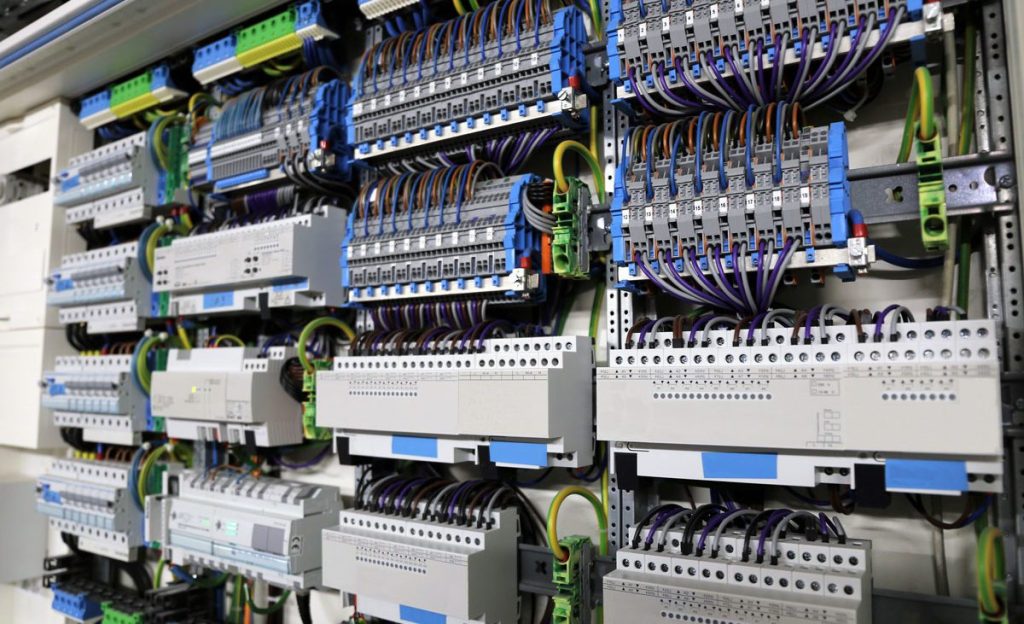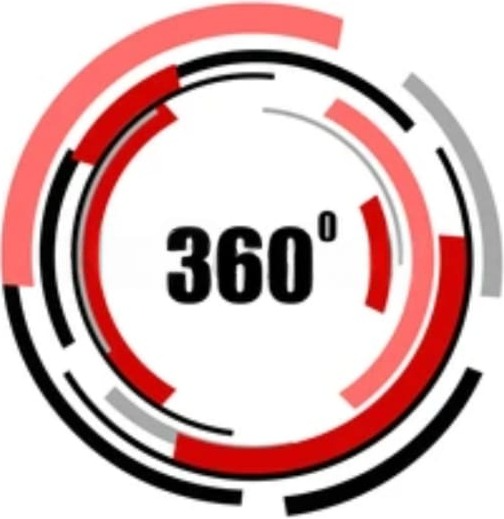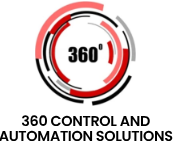
Electrical Control Panel Design & Fabrication is a critical discipline in industrial automation and electrical engineering. It involves designing and building custom enclosures that house electrical components used to control equipment and processes safely and efficiently.

